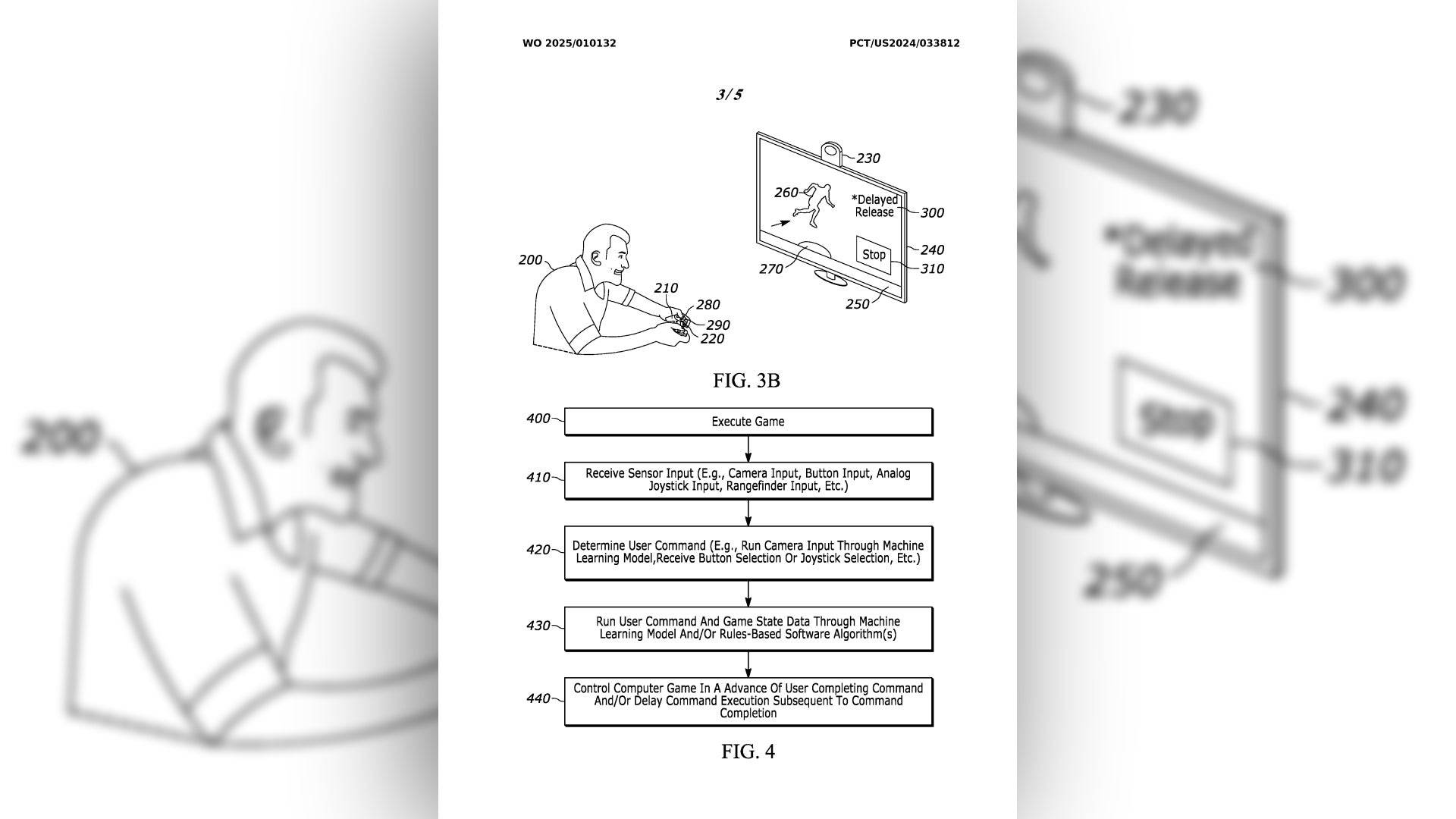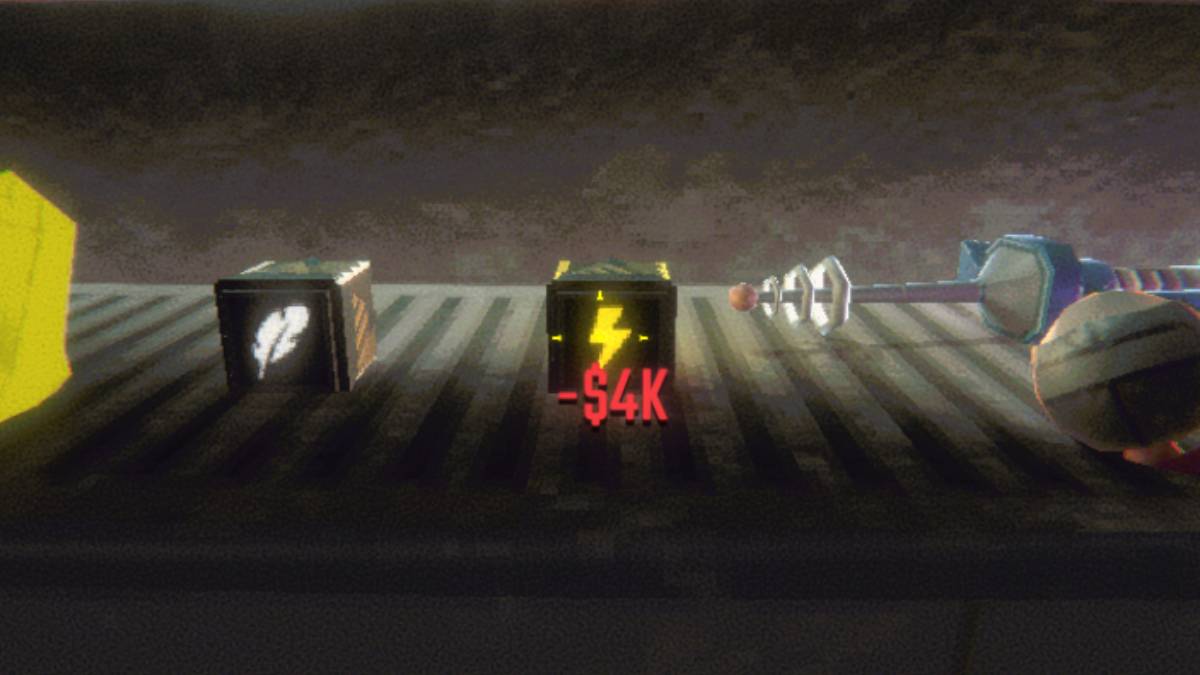Sony's latest patent, WO2025010132, titled "TIMED INPUT/ACTION RELEASE," could revolutionize how we experience gaming on future PlayStation consoles by significantly reducing latency. This innovative approach aims to enhance the responsiveness of games, a critical factor especially in genres like twitch shooters where split-second decisions can mean the difference between victory and defeat.
The patent introduces a method to streamline the "timed release of user commands" through an AI model that predicts the next button press. Sony recognizes the issue of latency between a player's input and the system's execution of that command, which can lead to delayed responses and unintended in-game consequences. To combat this, the proposed system utilizes a combination of machine learning and external sensors.
One specific example mentioned in the patent involves using a camera focused on the controller to anticipate the player's next move. The camera's input would feed into the machine learning model, helping to predict the first user command before it's even executed. Additionally, Sony explores the possibility of integrating sensors directly into the controller buttons, leveraging their expertise with analog buttons to further refine input detection.
While the exact implementation of this technology in a console like the PlayStation 6 remains uncertain—patents often serve as exploratory blueprints rather than direct product roadmaps—it's clear that Sony is committed to reducing latency. This commitment is particularly relevant given the rise of rendering technologies like FSR 3 and DLSS 3, which, while improving visual fidelity and frame rates, can introduce additional latency.
The potential impact of this patent on gaming could be substantial, especially for games that demand high framerates and minimal latency. By predicting and processing inputs more efficiently, Sony aims to maintain the responsiveness that gamers crave, even as graphical technologies continue to evolve.

This new Sony patent could be a game-changer for PlayStation. Image credit: Sony Interactive Entertainment.Whether this patent will translate into tangible hardware improvements remains to be seen, but it undoubtedly signals Sony's dedication to enhancing the gaming experience through cutting-edge technology.


 LATEST ARTICLES
LATEST ARTICLES 












